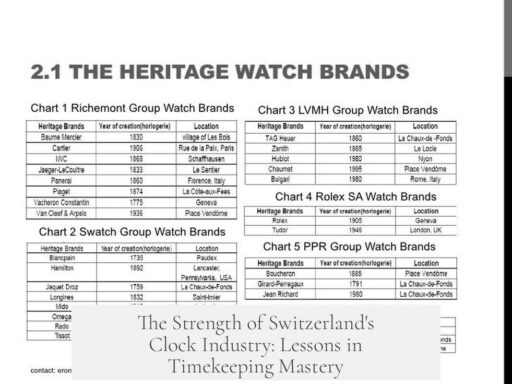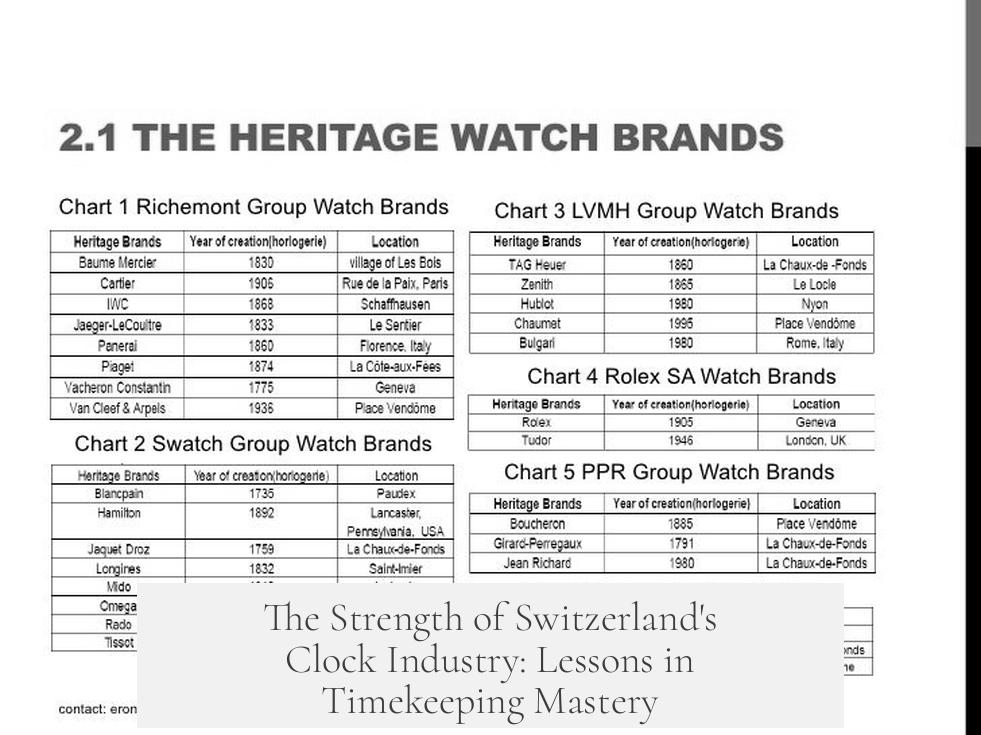The Swiss clock industry remains strong due to a unique combination of historical events, social factors, continuous innovation, strategic adaptation, and skilled craftsmanship supported by a high-precision manufacturing ecosystem.
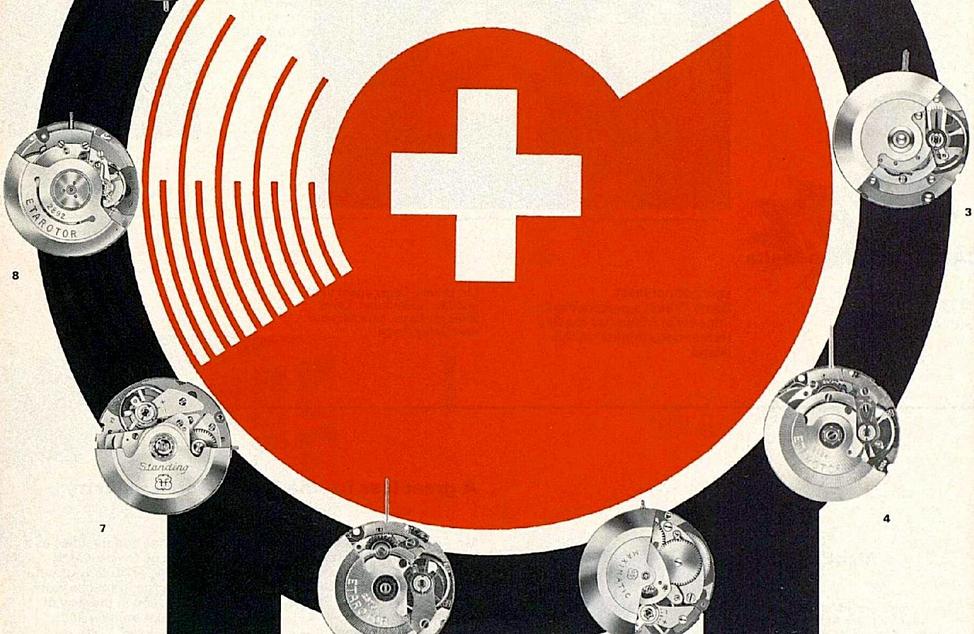
The rise of Swiss watchmaking starts with history. Early mechanical timepieces were pioneered primarily in France, Germany, and England. Despite this, Switzerland became the center of watchmaking by the 18th century. Advancements in technology allowed the miniaturization of clock mechanisms into pocket-sized watches. Over time, Swiss watchmakers absorbed skills and knowledge from neighboring countries. This accumulation of expertise led Swiss watches to become highly sought after globally by the 19th century.
A key moment shaping the Swiss clock industry is linked to religious persecution. In 1685, French Protestant craftsmen faced forced emigration after the revocation of the Edict of Nantes by Louis XIV. Many skilled artisans relocated to French-speaking Switzerland. These immigrants brought refined watchmaking talents that seeded the Swiss clock industry. This influx significantly boosted the country’s competencies in the craft and set foundations for future growth.

Social and cultural dynamics also fostered the clock industry’s growth. Since at least the 14th century, Swiss towns tied morality and productivity to ordered timekeeping, linking daily life disciplines with clocks. The Protestant Reformation boosted literacy and numeracy, increasing demand for precise timekeeping. This created an environment where many people possessed skills to become clockmakers. Growing demand triggered industry expansion, innovation, and an ecosystem capable of sustaining itself technologically and economically.
The Swiss watch industry’s capacity to adapt has been crucial. Faced with the American mass-production revolution showcased at the Philadelphia World Exhibition, Swiss watchmakers adjusted to produce affordable watches. When quartz technology emerged, Asian competitors surged, causing what is called the ‘quartz crisis.’ Instead of collapse, Swiss firms united, forming the Swatch Group to regain control. This adaptability preserved Switzerland’s prominence through smart innovation and strategic collaborations.
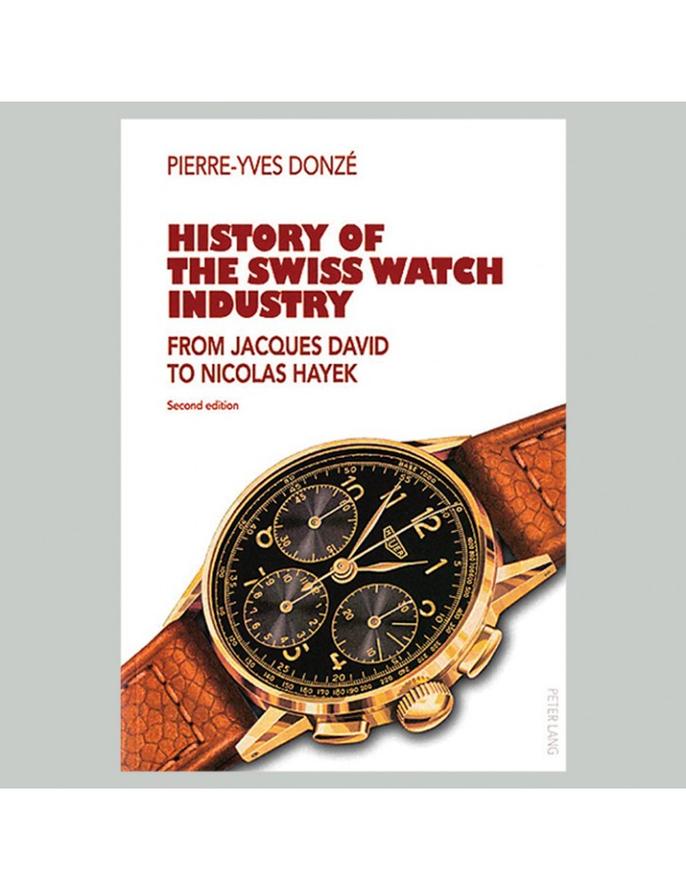
Brand repositioning has sharpened Switzerland’s global watch reputation. Swatch quietly bought major brands such as Omega, Tissot, and Hamilton, acquiring ETA SA, a leading mechanical movement maker. These brands transformed into symbols of luxury while leveraging Swiss watchmaking heritage as a marketing edge. Additionally, luxury conglomerates like Richemont acquired prestigious names including Vacheron Constantin, Piaget, Jaeger-LeCoultre, and IWC. A focused approach on luxury watchmaking solidified Switzerland’s premium status in the global market.
Synergies with other high-precision industries add strength. Switzerland excels in horology because of its mastery in small-scale, precise manufacturing. This skill overlaps with sectors requiring extreme precision, such as seismic instruments and micro-mechanics. The existence of these industries reinforces and funds the specialized manufacturing needed for fine watchmaking, creating a feedback loop that benefits both.
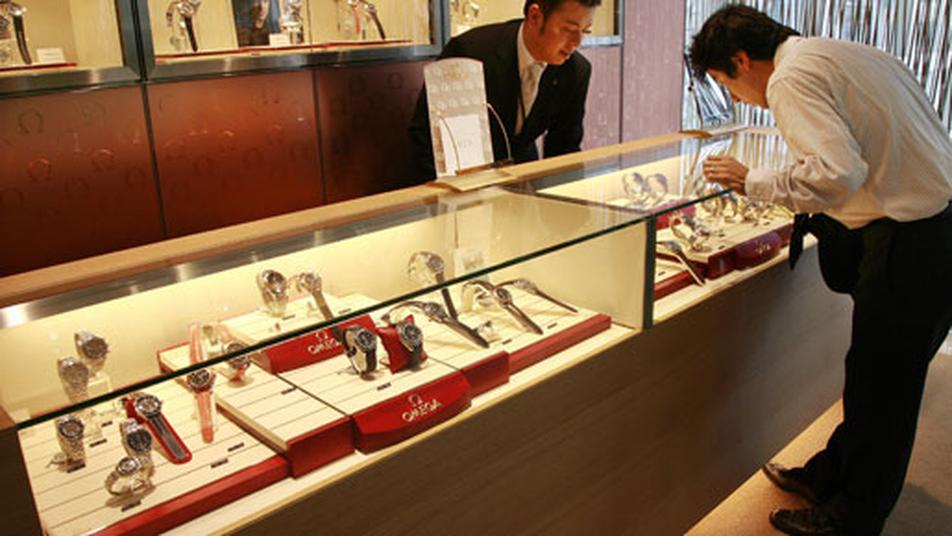
Finally, persistent demand for Swiss timepieces sustains the industry. Swiss watches are not just functional objects but treasured symbols of craftsmanship. Skilled artisans continue passing down their knowledge across generations, fueling innovation and passion. This cultural dedication ensures Swiss watches remain profitable and admired worldwide beyond mere hobbyist interest.
- The Swiss watch industry’s strength originates from historical skill transfer and technology miniaturization.
- Religious persecution drove the migration of expert craftsmen to Switzerland in the 17th century, laying foundations.
- Social values and increasing literacy created early demand and worker skill for timepiece production.
- The industry adapted swiftly to foreign competition and technological disruption like mass production and quartz technology.
- Strategic brand acquisitions repositioned Swiss watches as global luxury icons.
- Precision horology skills support other expert manufacturing sectors, reinforcing innovation.
- Continuous demand for Swiss craftsmanship sustains the industry economically and culturally.
Why is the clock industry so strong in Switzerland?

Switzerland’s clock industry thrives due to a blend of history, culture, innovation, and skilled craftsmanship that no other country quite matches. But what exactly makes this tiny Alpine nation the heart of watchmaking excellence? Let’s tick through some fascinating reasons that keep Swiss watches not just ticking, but booming worldwide.
First off, it wasn’t always “Swiss made” at the top of the horology chain. Early watchmaking masters hailed from France, Germany, and England. The Swiss entered the stage a bit late but swiftly caught up by the 18th century. The key? Miniaturization. When clockmakers figured out how to shrink mechanisms to fit into a pocket, Swiss talent had absorbed enough knowledge to push watches into global popularity by the early 1800s.
Now, here’s a quirky twist of fate: religious persecution was a key engine behind Switzerland’s watchmaking boom. In 1685, Louis XIV of France revoked the Edict of Nantes, which ended tolerance for Protestants. This caused a mass migration of skilled Protestant craftsmen — many to French-speaking Switzerland. These refugees brought masterful trade secrets, essentially planting the seed for what would become a legendary industry.
Swiss culture itself contributed mightily. By the 14th century, many Swiss towns embraced disciplined daily routines, tied to morality and productivity — both governed by clocks. The Protestant Reformation boosted literacy and numeracy, meaning many Swiss citizens had the skills needed for complex watchmaking. The demand for timepieces spurred innovation and industry. It’s a beautiful cycle: More clocks meant more productivity, which led to even more clocks and economic growth.
Competition? The Swiss don’t shy away. When American watchmakers showcased mass production prowess at the Philadelphia World Exhibition, the Swiss promptly adapted. They shifted focus to making watches more affordable without losing quality. Fast forward to the quartz crisis in the 1970s and 80s: Asian companies flooded the market with cheap quartz watches, shaking the Swiss to their core. But instead of folding, Swiss brands regrouped. The Swatch Group formed and turned crisis into triumph—redefining Swiss watches as luxury items rather than cheap alternatives.
Speaking of luxury, the Swatch Group cleverly acquired iconic brands like Omega and Tissot, while other conglomerates like Richemont snapped up high-end names such as Vacheron Constantin and Jaeger-LeCoultre. These companies capitalized on Swiss watch history—focusing on heritage and prestige—to firmly establish themselves at the pinnacle of luxury watchmaking. Ever wondered why wearing a Swiss watch feels like sporting a piece of art? It’s all smart brand positioning.
Swiss mastery in watchmaking spills over into other industries, too. The country’s expertise in producing tiny, precise components enables it to excel in fields like seismic instrument manufacturing. This kind of precision engineering fosters innovation in multiple sectors, creating a synergy that feeds right back into watchmaking. It’s a reminder that Swiss watches are not just stylish—they represent pinnacle precision science.
And what keeps Swiss watches loved by the masses? Demand and craftsmanship. If people didn’t care, we’d see Swiss watchmaking fade into a niche hobby. Instead, skilled artisans from generation to generation preserve traditional techniques while infusing modern methods. This blend keeps Swiss watches profitable, fascinating, and—most importantly—timeless.
So, next time someone asks why the clock industry is so strong in Switzerland, remember it’s more than just fancy marketing or a tradition. It’s a story of migration, cultural values, smart innovation, and relentless precision. Swiss watchmaking is a dance of history and technology, making those ticking masterpieces not just tools, but symbols of excellence.
What You Can Learn From Switzerland’s Timekeeping Mastery
- Adapt to change fast. When faced with competition from Americans and later the quartz boom, Swiss watchmakers didn’t resist change defensively—they adapted and thrived.
- Leverage culture and values. Swiss society’s focus on order, discipline, and pride in craftsmanship created fertile ground for precision industries.
- Preserve and innovate. Maintaining heritage brands while introducing new technologies kept Swiss watches relevant and desirable.
- Use synergies wisely. High precision in watches enabled success in other industries requiring tiny, exact parts, fueling overall economic strength.
In sum, the strength of Switzerland’s clock industry lies in its unique combination of history, culture, adaptability, and precision. That’s why when you see “Swiss Made” on a watch dial, you’re not just seeing a label—you’re witnessing centuries of perseverance, craftsmanship, and innovation distilled into a tiny, perfect timekeeper.
